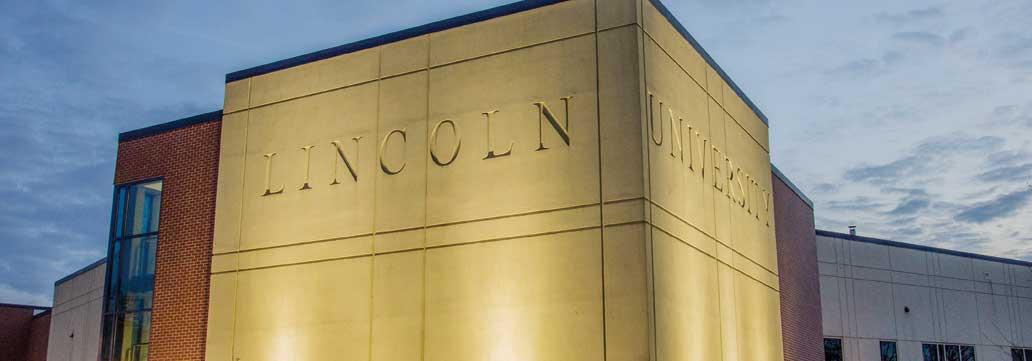
In September 2017, President Brenda A. Allen appointed a broadly representative Strategic Planning Council, which included faculty, staff, students, alumni, and, trustees, to:
Three task forces were established to assist with key components of the planning process:
(The full charge and membership of the Strategic Planning Council are available at www.lincoln.edu/strategic-plan.)
Because Lincoln University had completed a planning exercise in 2015 under Interim President Richard Green, this strategic planning process was designed to build on the information and insights gained from that planning exercise and other past efforts. Key concepts identified from previous surveys, internal documents, prior strategic plans and initial interviews with key staff members related to the University’s mission, vision and goals were used as a starting point for engaging the campus community in the planning process.
In order to test whether the key concepts identified from the preliminary data-gathering process resonated with the University’s stakeholders, a brief online survey was administered to faculty, staff, students, alumni and trustees.
Concurrent with the online survey, the Situation Analysis Task Force collected and reviewed existing internal and external data to identify strategic challenges and opportunities. In addition, student leaders, faculty, and staff were interviewed to develop a comprehensive understanding of Lincoln today and the perspective of stakeholders about its future.
After the task forces submitted reports to the Strategic Planning Council, the information was used to develop the draft mission, vision, strategic themes, and strategic results (outcomes and measures.) The Stakeholders Conference Task Force then helped to plan and to facilitate a Stakeholders Conference, which was held Nov. 17, 2017, in the Student Union Building on the Lincoln University campus. The conference engaged nearly 200 major stakeholders, including students, faculty, staff, alumni, government officials, community and business leaders, and trustees. They discussed the University’s proposed mission, vision, strategic themes, and strategic results. The feedback from this session was used to further refine the concepts and develop the first draft of the plan.